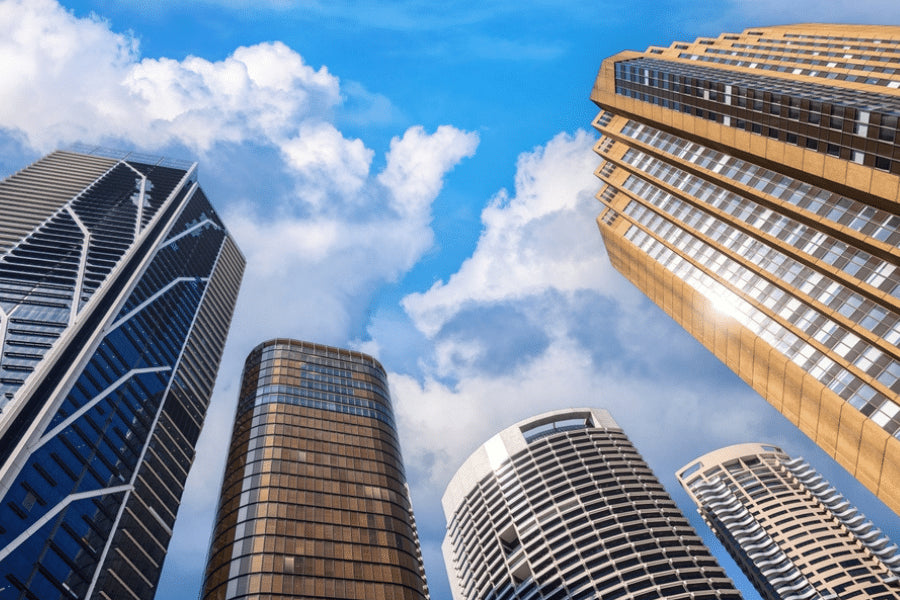Australia's transition to green energy is facing new setbacks, with no major renewable energy projects securing financial backing in the third quarter of 2025. This development is alarming for a country working towards reaching 82% renewable electricity generation by 2030. Delays in transmission infrastructure and increasing costs are disrupting momentum and affecting both deadlines and investor confidence.
Currently, large-scale renewable projects are caught between planning approval processes and infrastructure capacity. Although public interest and government funding support remain strong, investor confidence appears to be weakening. The Clean Energy Regulator reports that financial close activity, where companies formally commit funds, is at its lowest point since 2016. Without financial commitment, projects cannot proceed to the construction phase.
So far, only 950 megawatts of new renewable capacity have been secured this year. To reach the 2030 target, energy experts estimate that around 10,000 megawatts must be added each year. This shortfall is evident when compared to 2022, which saw 4,400 megawatts approved. While over 16 gigawatts of capacity are currently in development, progress toward final investment is slower. This is due to factors such as changes in project ownership, redesigns that now include battery storage, and continuing uncertainty around financing.
The long-term impact on Australia's clean energy ambitions remains to be seen. On one hand, more than 275 projects representing 56 gigawatts are in progress, suggesting there is potential for recovery. On the other hand, transmission upgrades are lagging and environmental approval processes are still under review, putting time pressure on meeting the decade’s targets. Without faster investment decisions, the country could face several years of reduced renewable deployment.


